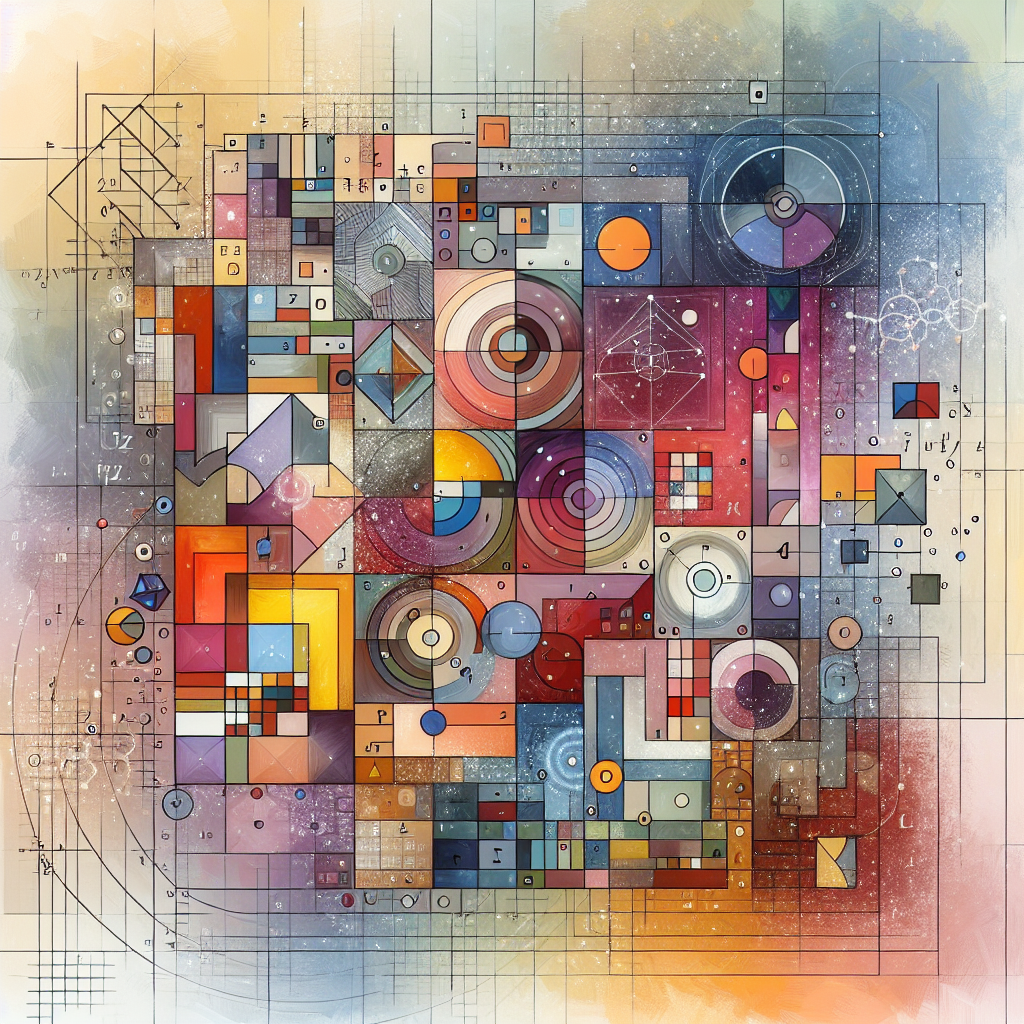Balancing Integration and Preservation: The Transformation of Andaman and Nicobar Tribes
The gradual integration of tribal groups in Andaman and Nicobar Islands into mainstream society has sparked diverse opinions. Some experts worry about potential exploitation, while others see integration and education as key for survival. Recent developments, like the involvement of tribes in elections and their adaptation to modern amenities, exemplify this transformation.

- Country:
- India
The gradual integration of tribals in the Andaman and Nicobar Islands into mainstream society has triggered a mixed response. Experts express concerns over potential exploitation, whereas others advocate for integration and education as essential for survival amid societal changes.
This shift is notably observed among Particularly Vulnerable Tribal Groups (PVTGs) such as Shompens, Jarawas (Ang), Onges, and the Great Andamanese, who inhabit reserved dense forests where non-tribals are prohibited.
A watershed event occurred on April 19, 2024, when Nauaaw and six other Shompens, including Jetuwai, Thuwaee, and Chemai, participated in the Lok Sabha elections for the first time, marking a significant milestone for their community.
Shompens, predominantly uncontacted nomadic hunters, number 244 on Nicobar Island. The island is making headlines due to a Rs 72,000-crore international transshipment project, feared by some to displace the Shompens. However, local officials assert that the project area is uninhabited by the Shompens, who retreated into jungles post the 2004 tsunami.
Amid the project controversy, some previously isolated Shompens voted, signaling integration into mainstream society. Members also connect with government caretakers for essentials, indicating willingness towards broader integration.
Dr. Pronob Sircar, Tribal Welfare Officer at the Andaman Adim Janjati Vikas Samiti (AAJS), explained that PVTG integration occurs through policies encouraging communication and voluntary participation. The 'Ang Katha' educational module is one such initiative documenting tribal rituals and knowledge.
While some experts argue integration threatens indigenous cultures, the Union Ministry of Tribal Affairs insists it aims to empower and balance modernisation with cultural preservation. Notable tribal figures support gradual integration.
Social changes are evident, as seen in the educational and professional achievements of individuals like Techa, the first Great Andamanese to clear the NEET-2022 exam, and from Strait Island, and Solomon Samuel, the first Nicobari deputy superintendent of police.
Some Andamanese have taken government jobs, while others excel in sports. Visits to PVTG homes show a blend of traditional and modern amenities, reflecting evolving lifestyles.
SA Awaradi, former Director of the Andaman Nicobar Tribal Research Institute (ANTRI), emphasized the need for well-considered welfare programs to assist PVTG integration without exploitation. While some traditional skills and cultural practices wane, positive interventions in healthcare and education have stabilised tribal populations.
Official statements from the Tribal Welfare Department highlight improved job opportunities and autonomy as Andamanese PVTGs adopt new habits, further showing their adaptive integration into mainstream society.
(With inputs from agencies.)










